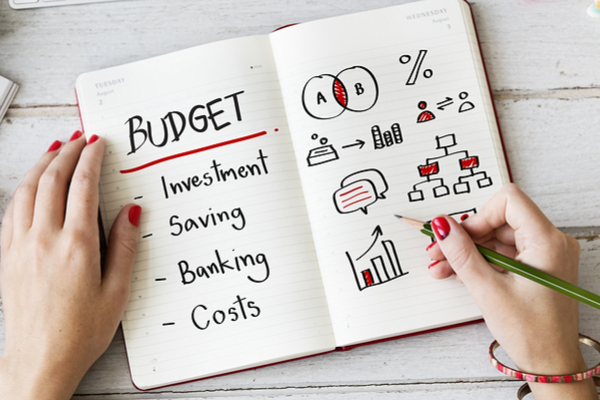Physical Address
304 North Cardinal St.
Dorchester Center, MA 02124
Physical Address
304 North Cardinal St.
Dorchester Center, MA 02124

In today’s fast-paced world, managing personal finances effectively has never been more crucial. Understanding financial management can empower you to not just survive but thrive financially. While there are many strategies and tools available, identifying the best ways to manage personal finances is the foundation of any successful financial plan. In this guide, we’ll explore various strategies, tips, and insights to help you take charge of your financial life.
Before diving into specific strategies, it’s important to understand the broader landscape of personal finance management. At its core, financial management is about establishing a plan that includes budgeting, saving, investing, and spending wisely. To begin, you must first assess your income and expenses to identify where your money goes each month. This knowledge will give you the power to make informed decisions related to your finances.
One of the most effective tools in your financial toolkit is budgeting. A budget acts as a roadmap for your money, guiding you through your income and expenses, and helping you allocate funds toward your financial goals. Whether you’re just starting your financial journey or looking to refine your existing budget, here are some key tips:
Saving is an essential component of personal finance management. It acts as a safety net, providing financial security for unforeseen circumstances. Here’s how to enhance your saving strategy:
As you delve into the best ways to manage personal finances, having an emergency fund should be a top priority. An emergency fund is a stash of money set aside to cover unexpected expenses like medical emergencies or sudden job loss. Here’s how to build one:
Reducing your expenses can free up more money for saving and investing. Here are several strategies to cut costs without sacrificing your lifestyle:
Once you are comfortable with budgeting and saving, the next step is investing. Investments can grow your wealth over time and provide passive income, but they can also be intimidating. Here are some essentials for successful investing:
Learning about different investment options is vital when exploring the best ways to manage personal finances. Here are common types of investments:
Diversity is key to minimizing risk in investing. By spreading your investments across different asset classes, you enhance your chances of achieving more stable returns over time. A common strategy is the 60/40 rule, where 60% of your portfolio is allocated to stocks and 40% to bonds, though this may vary based on personal financial goals and market conditions.
Debt can often cloud your financial picture, making it harder to achieve your goals. Learning about effective debt management techniques is essential for mastering personal finance. Here’s a breakdown of steps to take:
The first step in managing debt is knowing what you owe. List all your debts, including the amount, the interest rate, and the due date. From here, you can develop a plan to tackle each debt efficiently.
Two popular methods for paying off debt are the snowball and avalanche methods:
Whichever method you choose, consistency is key to reducing debt levels successfully.
Managing your finances is not a one-time task; it requires regular monitoring and adjustments as your life circumstances change. Schedule regular check-ins, perhaps quarterly or semi-annually, to review your budget, savings, investments, and debt levels. Adjust your strategies as necessary to ensure you’re on track to meet your financial goals.
Today, technology offers a myriad of personal finance apps and software designed to help you manage your finances effectively. From budgeting apps to investment tracking tools, leveraging these resources can make it easier to stay organized and focused.
In conclusion, the best ways to manage personal finances come down to foundational principles: budgeting, saving, investing, and managing debt. These components can empower you to take control of your financial future, build wealth, and achieve your life goals. By implementing the strategies discussed, you can create a robust financial plan that not only meets your immediate needs but supports your long-term aspirations. Remember, financial management is a journey, and every small step you take today can lead you to a more secure and prosperous tomorrow!